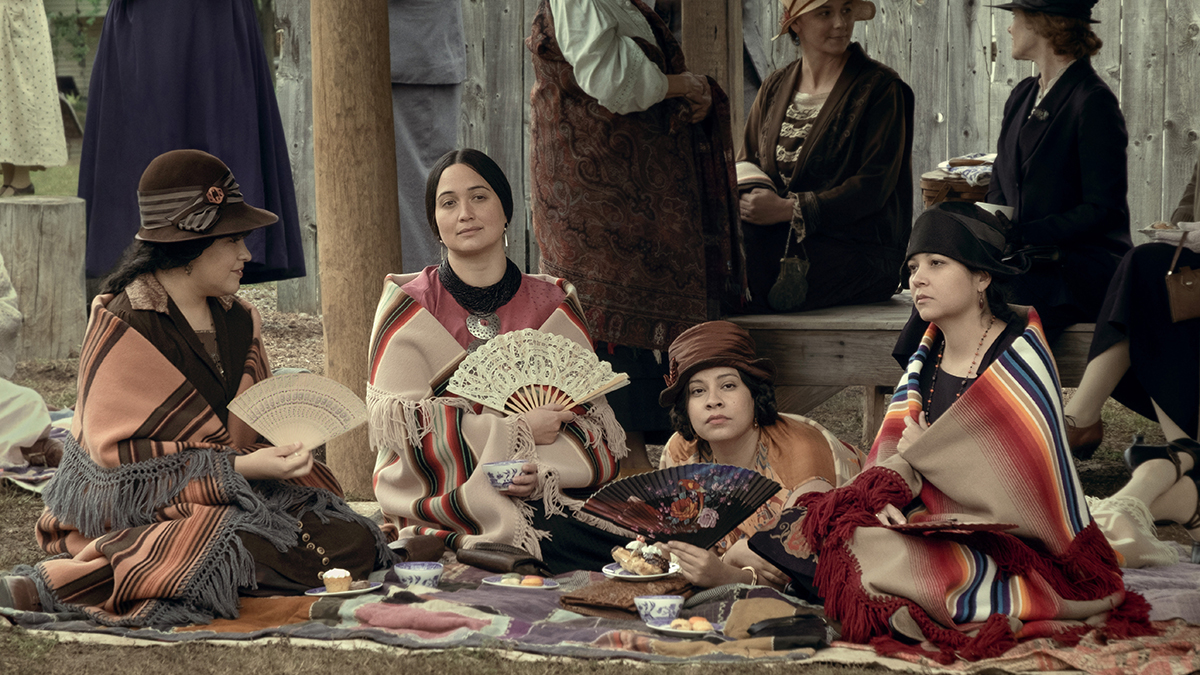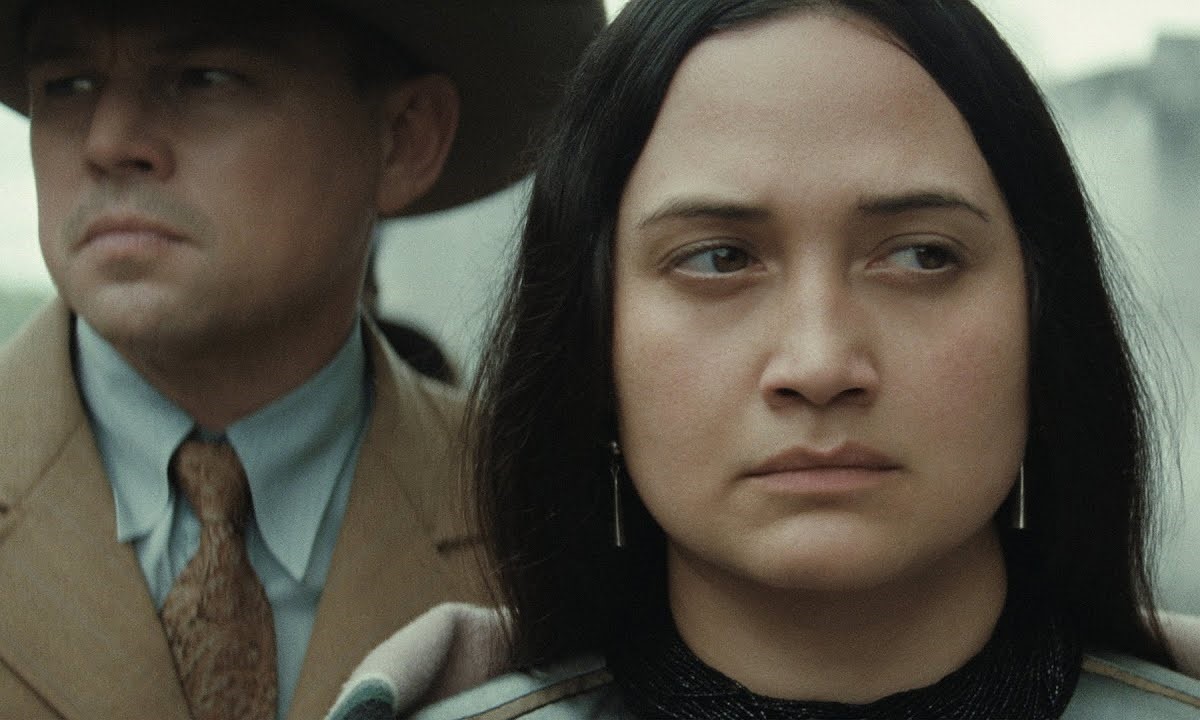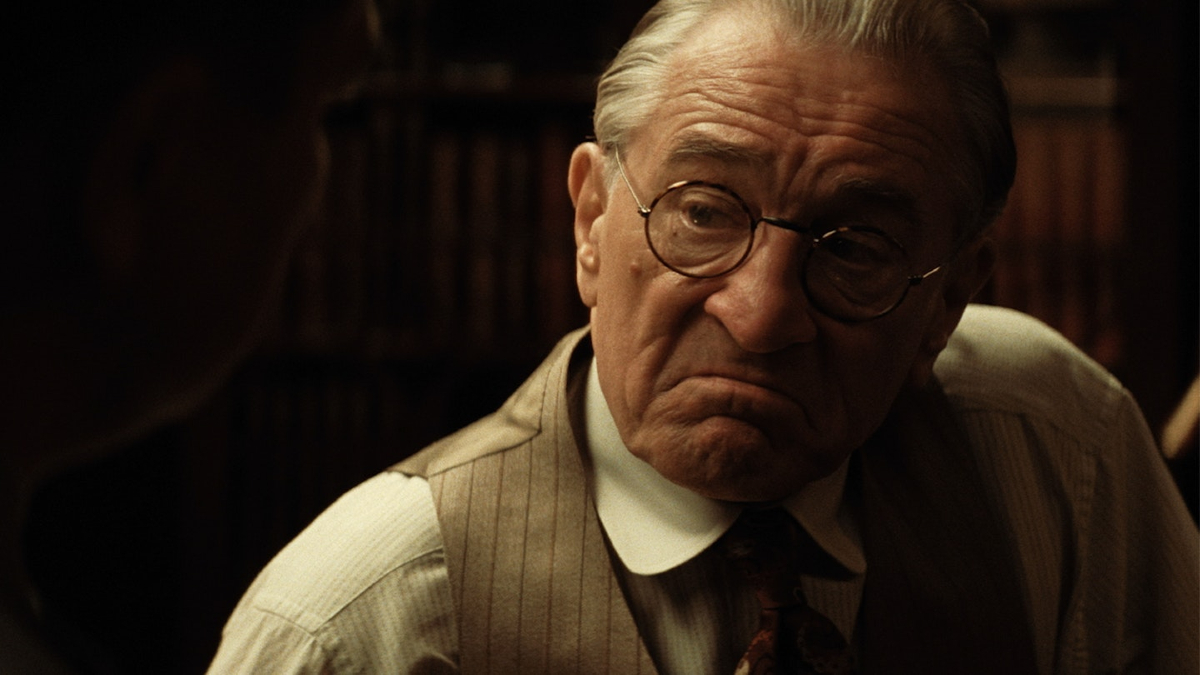‘Killers of the Flower Moon’ Is Based on a Dark True Story That America Tried To Erase

One of 2023’s most anticipated films, Killers of the Flower Moon, is finally in theaters. The latest epic from the mind of acclaimed filmmaker Martin Scorsese is nearly bursting at the seams with talent, including Leonardo DiCaprio, Robert De Niro, Lily Gladstone, Jesse Plemons, and Brendan Fraser.
However, big names (and a bigger budget) aren’t the only reason why Killers of the Flower Moon is attracting attention. The film tells a harrowing story about the Indigenous Osage Nation, which experienced a string of suspicious deaths in their community after discovering oil on their land. It’s a tragic tale that challenges viewers to consider the stories of Indigenous people, their history, and the wrongs done to them at the hands of greedy, envious, and fragile white men. The story is particularly striking because Killers of the Flower Moon is based on real history.
What is Killers of the Flower Moon based on?

Killers of the Flower Moon is based on a true story which resurfaced in David Grann’s nonfiction book, which shares a title with the film. The murders, which were committed in the 1920s, were largely erased from American history, despite the case being the first investigated by the newly formed FBI, and inspiring an episode of a popular radio play as well as numerous novels in the decades since.
Back in 2016, a search query for the Osage murders would return less than 100 results in total. This changed when Grann, a journalist and staff writer for The New Yorker, decided to investigate the murders after visiting the Osage Nation Museum in Oklahoma.
The story starts in Pawhuska, Oklahoma, part of Osage County. The Osage people established Osage County in 1907 after years of being displaced by the American government. They first came to Oklahoma in 1870 after suffering through three displacements in less than 50 years. Their final displacement was from Kansas to Oklahoma, and many of the Osage didn’t survive the journey. It seemed their luck had changed in the late 1800s when they found oil deposits on their land. Soon, they started signing oil leases and found wealth in the royalties they were paid for any oil drawn from Osage County.
Mollie Burkhart was among the newly wealthy Osage. She married a white settler, Ernest Burkhart, and enjoyed life in a mansion with servants. One day, Mollie’s sister Anna disappeared. A week later, Anna was found, dead from a gunshot wound. Of course, given the lawlessness that existed in many regions at the time and the discrimination against Indigenous people, not much was done about the murder. Then, Mollie’s mother suddenly became sick and died. Then, a bomb went off in her sister Rita’s home, killing Rita, her husband, and a servant.
These were just the murders in the Burkhart family. Elsewhere in the community, more bodies were turning up as Osage people were discovered either shot to death or with evidence of poisoning. When the Burkharts turned to private investigators—a white investigator named Barney McBride and a white attorney named W. W. Vaughn—they went missing and later turned up dead. After the deaths of McBride and Vaughn deaths, the story and its underlying conspiracy finally started gaining national attention.
At this point, however, at least 24 Osage people had been murdered. They were living through what later became known as the Osage Reign of Terror, which would end with a total of about 60 Osage people murdered or missing.
What happened to the Osage people?

Finally, the Bureau of Investigations, later renamed the FBI, took up the case. J. Edgar Hoover was running the Bureau then, and he appointed former Texas Ranger Tom White to investigate the murders. Prior to the murders, many of the Osage people had intermarried, bringing white men into the community. What White found was that these men had worked their way into the community and positions of power in a conspiracy to swindle the Osage people and steal their wealth. One of the men involved was Ernest, Mollie’s own husband. Ernest’s uncle, William King Hale, had orchestrated the scheme and conspired primarily with his nephews and a man named James Ramsey to carry out the killings.
Ultimately, Hale, Ernest, and Ramsey were arrested and stood trial. It was quite a monumental trial, considering that, at the time, it was unusual for white men to even be tried for killing Indigenous people. Of course, more conspiracies and attempts to obstruct justice followed. In the end, all three men were sentenced to life in prison. However, by 1947, all three had been released on parole, though Ernest ended up back in prison until 1959 when he committed another offense.
That white men faced consequences for committing crimes against Indigenous people was a rare victory, but it was hardly justice.
The greatest injustice was that the Osage murders were forgotten. As it had with other atrocities, America tried to pretend this dark history didn’t happen, burying the story and setting the men who committed dozens of murders free. What’s particularly harrowing about Killers of the Flower Moon is that it makes you consider the countless Indigenous stories that haven’t been told, and the justice that remains unserved.
(featured image: Paramount Pictures / Apple Original Films)
Have a tip we should know? tips@themarysue.com